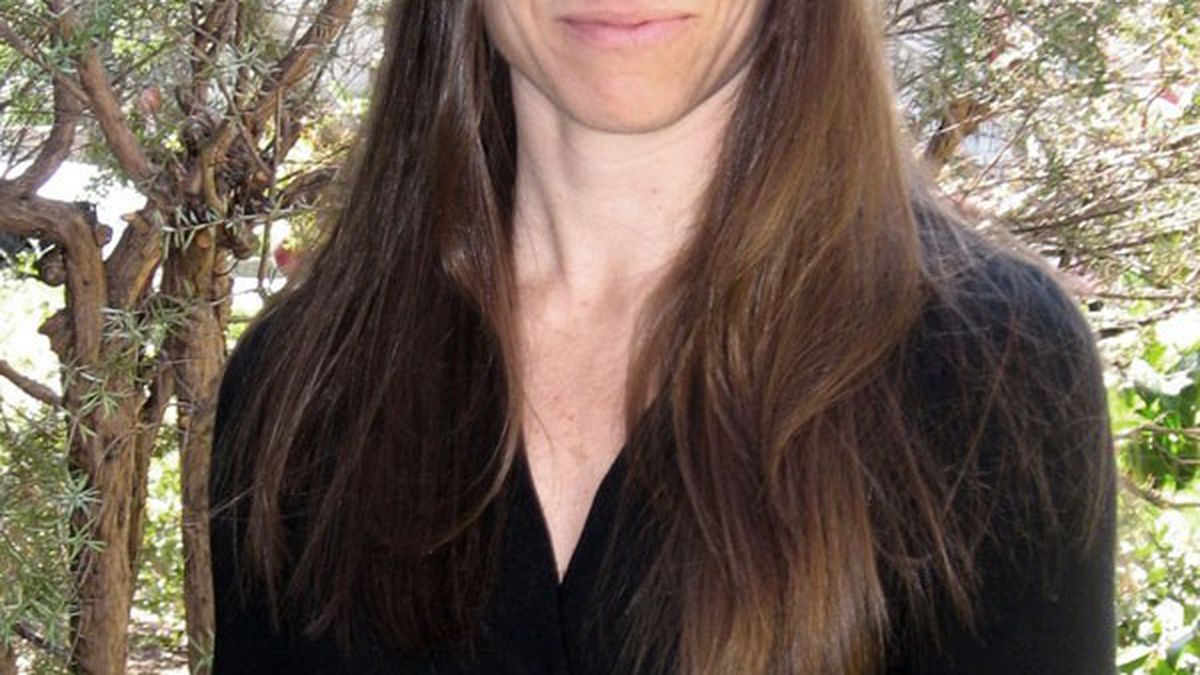We have become obsessed with bottled water. In 2007, the last year
for which complete data is available, consumers purchased 200 billion
liters of bottled water around the globe, mostly in North America and
Europe. In the United States, we bought 33 billion liters, or nearly 30
gallons per person — an incredible 70 percent increase since
2001. Most of us buy bottled water out of convenience or because of
concerns about the quality of tap water. But the truth is that those
concerns are completely unfounded. And our bottled water fetish is
contributing unnecessarily to global warming.
According to a recent study by researchers at the Oakland-based
Pacific Institute, the energy used to make plastic water bottles is
enormous. To meet the demand in the United States requires the
equivalent of between 32 million and 54 million barrels of oil a year,
according to a Pacific Institute report published last month in the
peer-reviewed journal Environmental Research Letters.
Researchers Peter Gleick and Heather Cooley decided to calculate the
amount of energy wasted on plastic water bottles because they sensed
that a number that floated around the mainstream media over the past
few years — the equivalent of 1.5 million barrels of oil —
was wrong. “We found that it was grossly underestimated,” Cooley told
Eco Watch.
Consumer demand for bottled water has spiraled out of control in
recent years. According to the California Energy Commission, bottled
water sales in the United States now outrank both beer and milk.
Bottled water, in fact, ranks second only to carbonated soft drinks.
Most consumers probably don’t realize it, but the dramatic spike in
bottled water use also has been a tremendous boon to corporate America.
The three largest producers of bottled water are Coca-Cola, Pepsi, and
Nestlé. Coca-Cola sells water under the brand name Dasani, Pepsi
makes Aquafina, and Nestlé produces Pure Life and Arrowhead,
along with other brands.
Cooley and Gleick believe that most bottled water consumers don’t
understand that they’re actually just buying tap water that has been
treated so that it can be called “purified water” under lax
governmental rules. “Treated” tap water amounts to 44 percent of
bottled water sales in the United States. The remaining 56 percent
comes from spring or groundwater. “Most people just aren’t aware that
‘purified’ water is essentially tap water,” Cooley said.
The truth is, the vast majority of bottled water sales are
completely unnecessary in this country, especially in the East Bay. “We
have excellent tap water in the United States,” Cooley noted. “We have
this false view of tap water. And frankly, in the Bay Area, we have
incredible water.” Most East Bay tap water comes from the Sierra and is
among the cleanest in the nation — far cleaner than most
“purified” water sold in plastic bottles or water coolers.
Bottled water wastes energy in several ways. According to the
Pacific Institute report, most of it is sucked up in transportation and
by the creation of plastic bottles. Gleick and Cooley also examined the
amount of energy needed to process bottled water and refrigerate it,
and to clean, fill, seal, and label the plastic bottles. But they found
the energy wasted in those processes was relatively minor. However, the
researchers did not examine the amount of energy required to dispose of
plastic bottles after they’re used. The Pacific Institute also produced
last week’s highly publicized report on global warming and the likely
devastating effects from the rise in sea levels.
As for plastic water bottles, the biggest problem with them is that
they’re made from petroleum-based products — mostly polyethylene
terephthalate, or PET. Cooley and Gleick estimated that bottled water
manufacturers in the United States used one million tons of PET in
2007, and three million tons were used worldwide. The researchers then
combined the energy used to make PET and to form it into plastic
bottles, calculating that the manufacture of water bottles globally
used the equivalent of 50 million barrels of oil a year. In the United
States, it was about 17 million.
The amount of energy wasted in transporting bottled water,
meanwhile, depends on how far it has to go from its origin to your
refrigerator. Bottled water transported by airplane wastes the most
energy, followed by truck, rail, and bulk ocean shipping. The most
extreme example of bottled water transport is Evian, which is bottled
in France and then shipped around the world. Generally, spring and
groundwater are transported over longer distances than “purified” water
because purified water manufacturers typically bottle and treat tap
water at bottling plants in major metropolitan areas.
Gleick and Cooley calculated the energy needed to transport bottled
water into the Los Angeles market from local “purified” and spring
water bottlers, and from spring water shipped from Fiji and Evian. Not
surprisingly, the local water wasted the least amount of energy, while
water from Evian used up more energy in transportation than it did to
manufacture the plastic bottles in the first place. In all, the
researchers estimated that plastic bottle consumption worldwide wastes
the equivalent of 96 million barrels of oil to 162 million barrels a
year, depending on how far the water travels.














